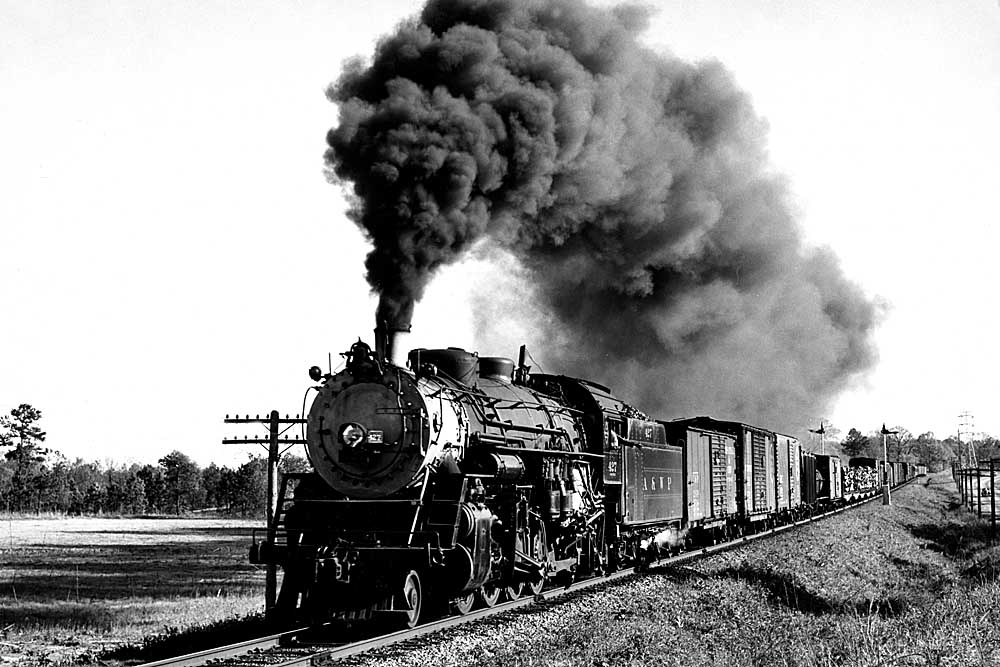
Atlanta & West Point locomotives were carefully curated alongside those of its sister roads. Although much of the West Point roads’ 20th-century steam locomotive fleet looked like the “Georgian Locomotive” memorialized by H. Stafford Bryant Jr. in his book of the same name — a handsome, elegant group — perhaps the most interesting […]
Read More…
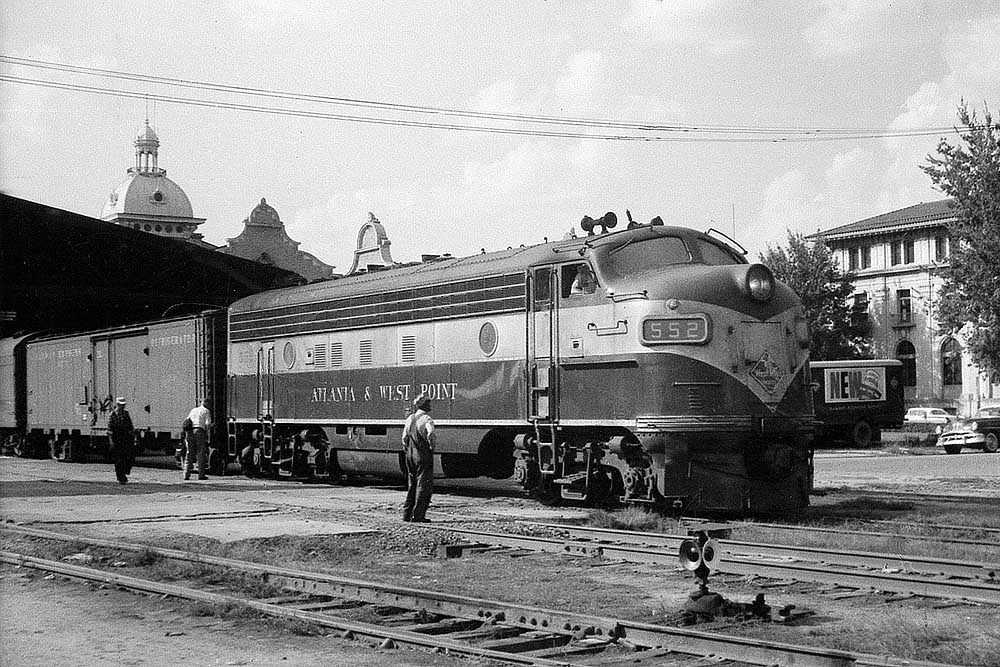
First the tracks were built east. Then west. Then west some more. Such were the uncertain beginnings of what became the West Point Route. Construction began on the banks of the navigable Alabama River at Montgomery, the capital. During 1834-41, 32 miles of standard-gauge track extended east toward both West Point and Columbus, Ga., […]
Read More…
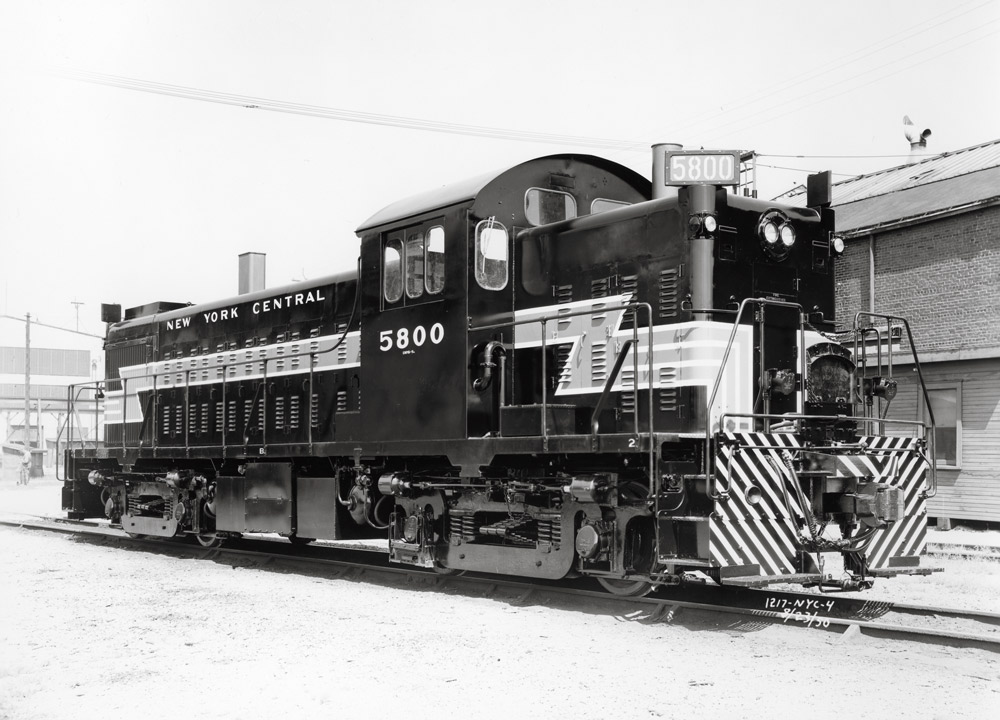
The New York Central diesel roster showed diversity in an era known for experimentation. Major railroads with deep financial pockets have the freedom to spend money for equipment like the proverbial kid in the candy store. Among them, you’d have to include the mighty New York Central. Nicknamed the “The Water Level Route,” […]
Read More…
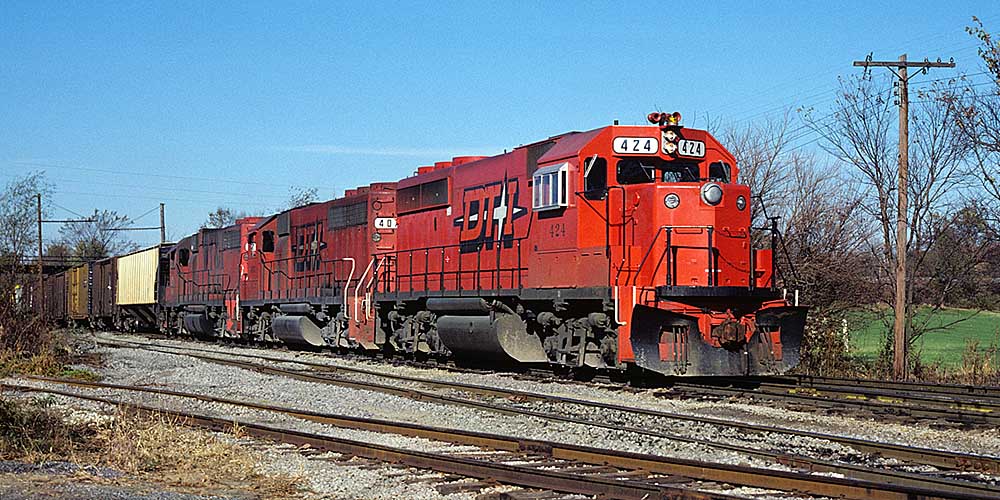
Here are five traits of the Detroit, Toledo & Ironton that made it special. The DT&I was formed in 1905 with the combination of the Detroit Southern and Ohio Southern railroads. In 1920, automobile tycoon Henry Ford acquired the road, popularly to ensure a new River Rouge bridge could be built to ensure water […]
Read More…
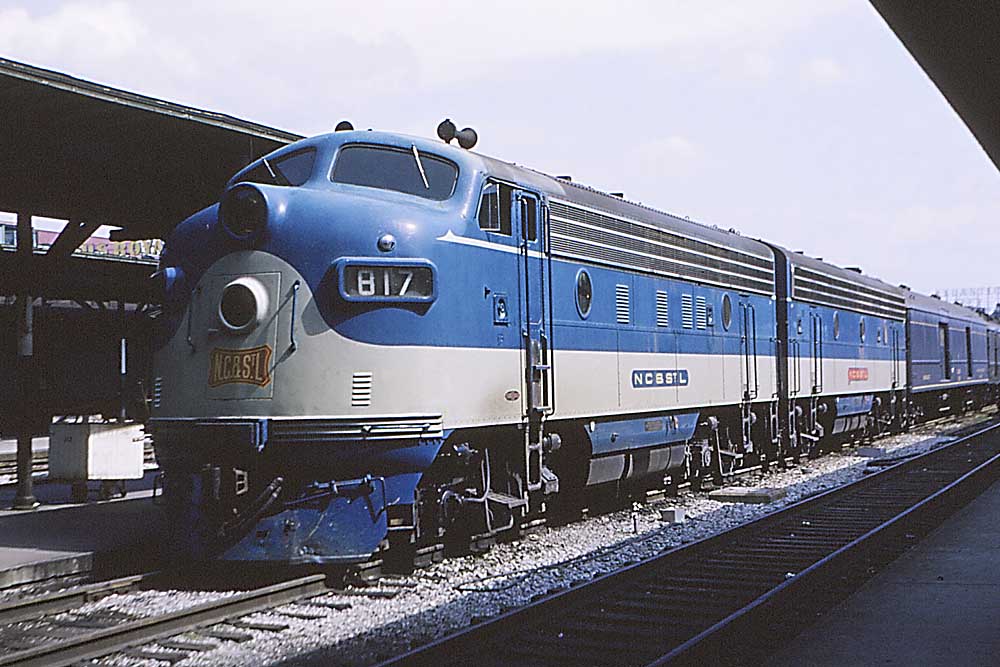
Although the Nashville, Chattanooga & St. Louis Railway employed several nicknames — “Dixie Line,” “Nashville Road,” and “Lookout Mountain Route” among them — to former employees and their families, it will always be “Grandpa’s Road.” James A. Skelton was one of those Grandpas. He was 14 in April 1862, and although the War Between the […]
Read More…
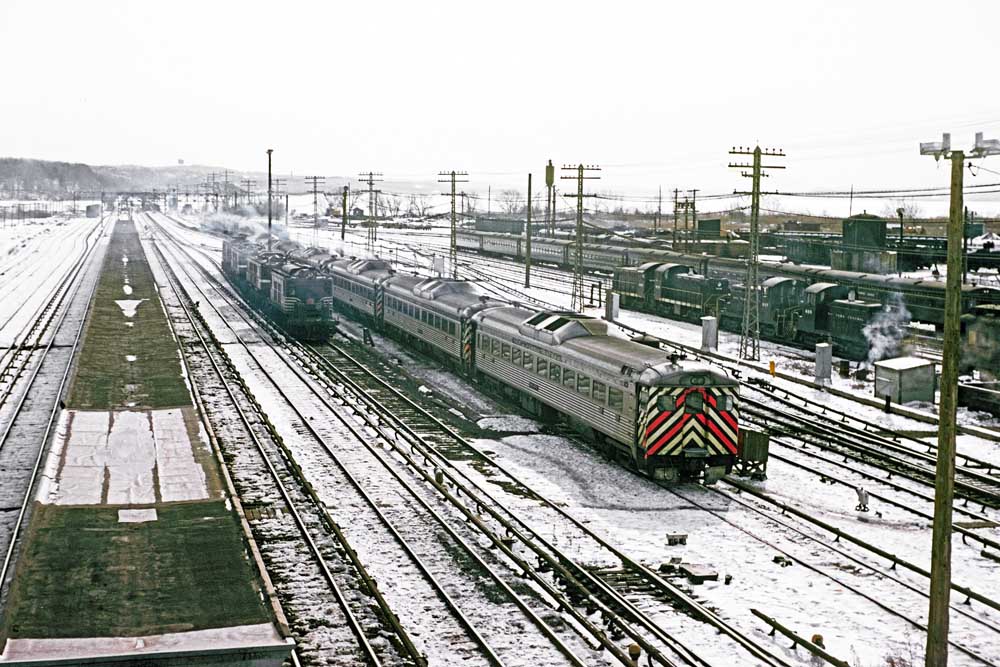
Like many other railfans back in the mid-1960s, I was shooting using black & white negative film essentially on an exclusive basis. Reasons for this included budget (color slide film and processing were more expensive than monochrome), camera quality issues (it turned out that my Argus C-3 could do a reasonably good job with […]
Read More…
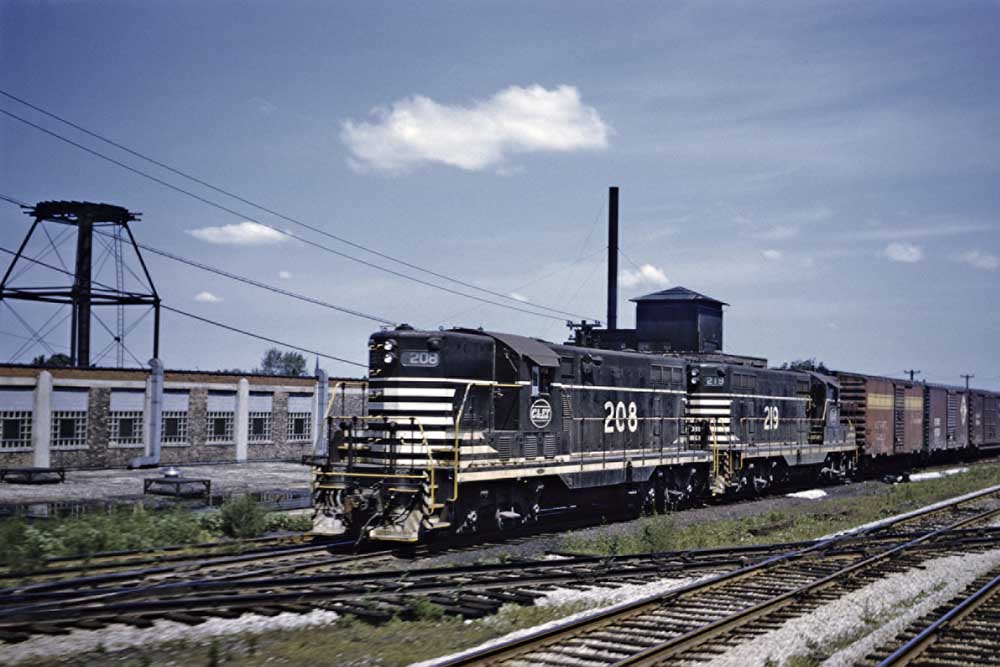
Chicago & Eastern Illinois history was special to those to watched the railroad firsthand. In the pantheon of great railroad names, “Chicago” was so often the magic word. Think of all the carriers with Chicago on their letterhead, railroads with thousands of miles on their system maps, railroads whose names imply vast, continental […]
Read More…
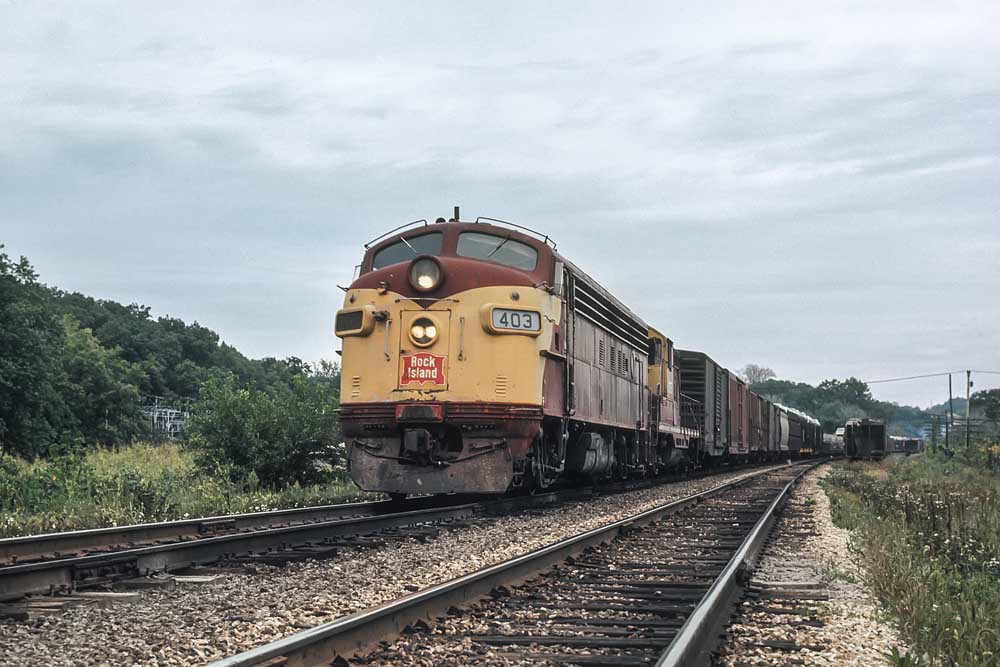
Rock Island locomotives displayed a remarkable lack of diversity in the steam era. In contrast, during the diesel era, the Rock hardly met a locomotive model it didn’t like. In the 20th century, the Rock made heavy use of the 0-6-0 (171), 2-8-0 (562), 2-8-2 (234), 4-6-0 (242), and 4-6-2 (175), types. Perhaps the best-remembered […]
Read More…
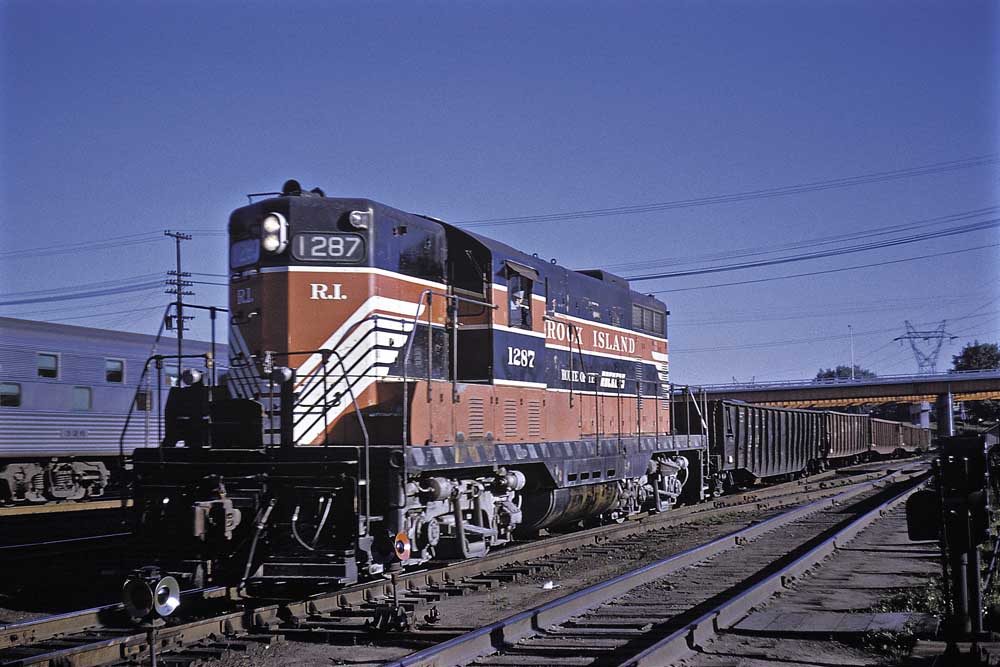
Rock Island history is a mighty good history. In 1847 the Rock Island & La Salle Rail Road was chartered to build between Rock Island, Ill., on the Mississippi River, and La Salle, where connections would be made with the Illinois & Michigan Canal to Chicago. Contractor Henry Farnam persuaded the organizers to extend the […]
Read More…
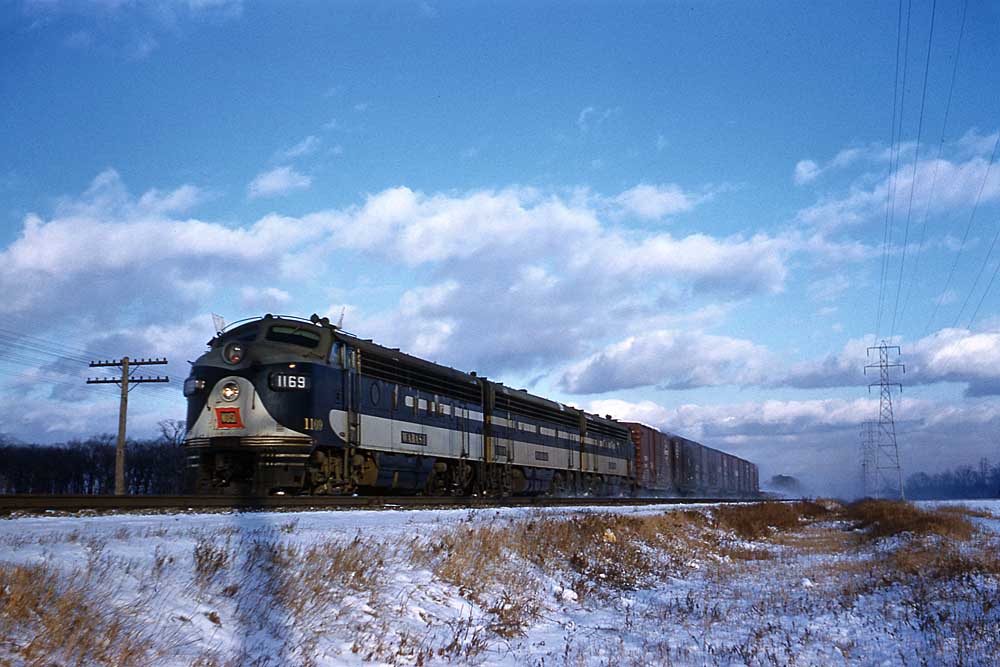
Wabash Railway history started with the Northern Cross, the first railroad in Illinois, in 1837. The term “Fallen Flag” first appeared in Trains in 1974, as the title for a series of thumbnail histories of merged-away railroads. The series began with the Wabash, and employed the road’s flag emblem outline to illustrate the series’ […]
Read More…
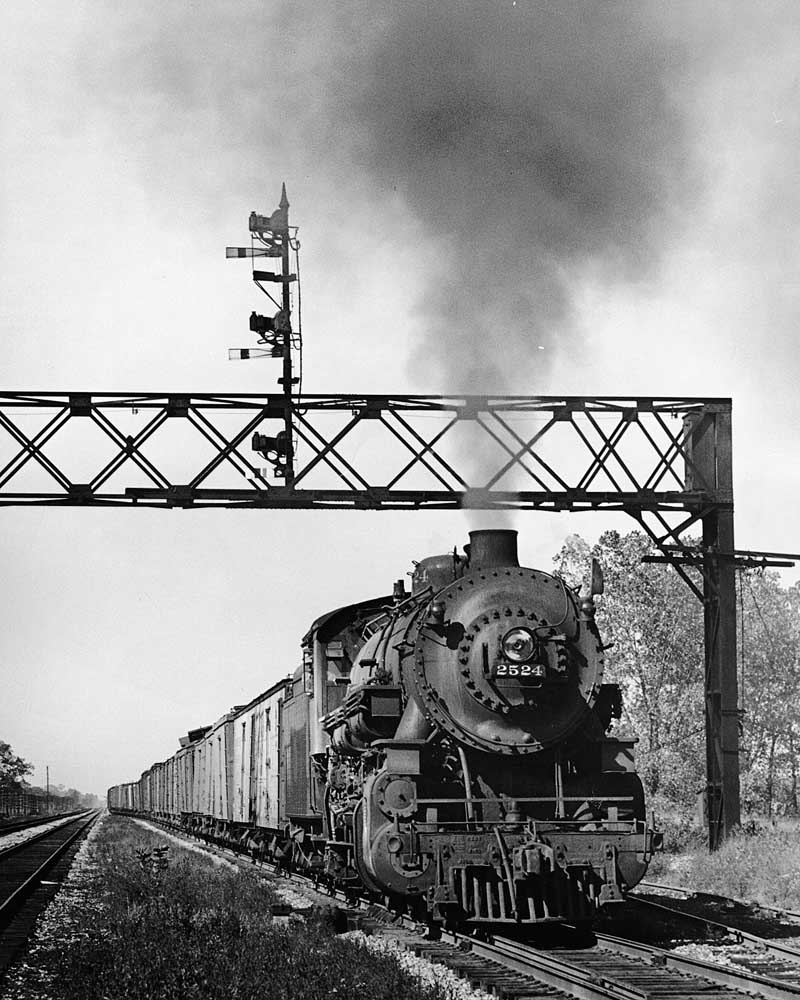
For years the Chicago & North Western operated Chicago’s most extensive commuter service. Its three routes were designated West, North, and Northwest. Those names also serve well to group C&NW’s lines west, northwest, and north from Chicago. West, North, and Northwest The railroad capital of the U.S., Chicago, saw its first locomotive in […]
Read More…
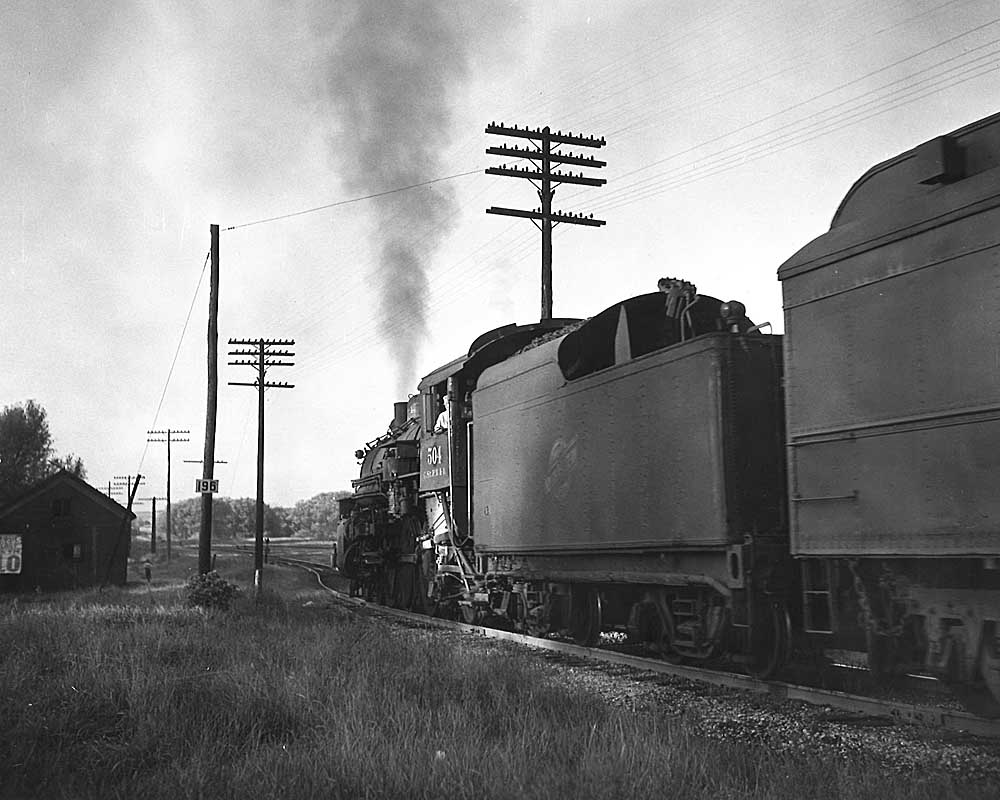
The first rail-to-trail conversion in the U.S., the Elroy-Sparta State Trail, gives riders an opportunity to traverse three tunnels. Wisconsin isn’t usually associated with railroad tunnels, but it once had a number of them. Today only Canadian Pacific’s bore at Tunnel City is active, but next door is the closed tunnel of the Chicago […]
Read More…












